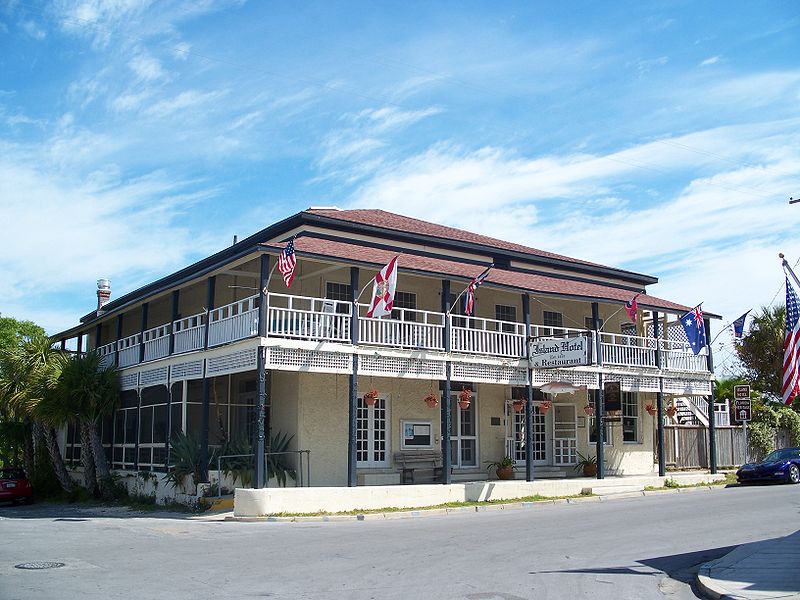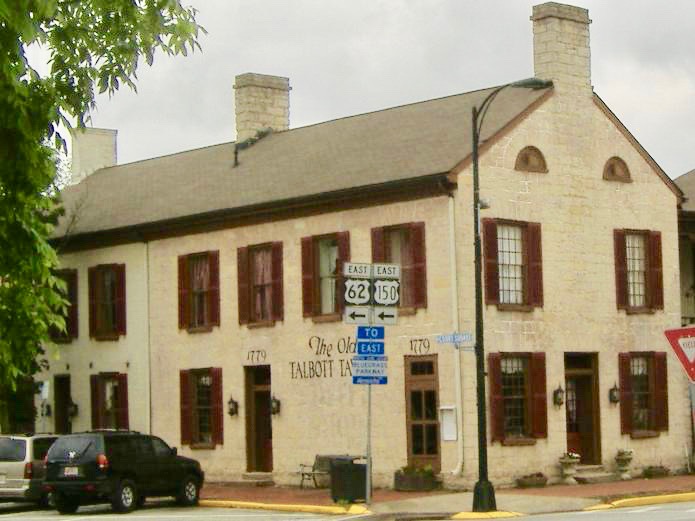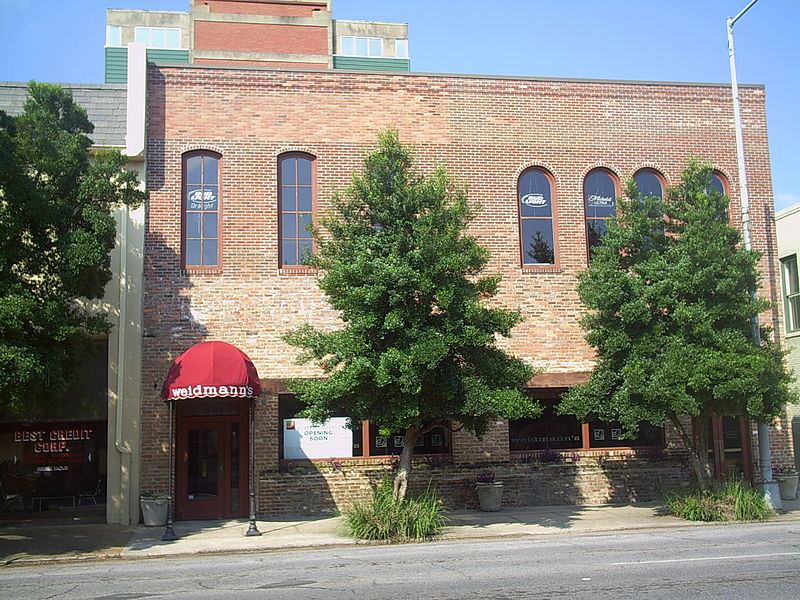Haunted Surry to Suffolk: Spooky Locations Along
Routes 10 and 460
Pamela K. Kinney
Anubis Press, 2020
The South is a veritable garden of ghostly delights. After researching the region for many years, I continue to be delighted at the depth and the range of stories that have been unearthed and documented. As one of the earliest created of the colonies, Virginia possesses an embarrassment of riches in terms of ghostlore and haunted places.
While many of the Old Dominion State’s ghosts have been documented through the works of authors such as Marguerite Dupont Lee and L. B. Taylor, Jr., there are still areas that have not been properly documented. In recent years, Pamela K. Kinney has taken the lead in documenting the state’s haunted locales. She has produced a book on the state as a whole (Haunted Virginia: Legends, Myths, and True Tales), two books on the haunting of Richmond, two editions on the Historic Triangle (which I have reviewed here and here), a book on Petersburg, and she encouraged the writing of a book on the Charlottesville region.
Kinney’s spirited repertoire has recently been expanded with the publication of her Haunted Surry to Suffolk: Spooky Locations Along Routes 10 and 460, which once again explores a neglected region of Virginia’s ghostlore.
The Virginia Tidewater is one of three main regions of the state. Covering the coastal areas of the state, the Tidewater borders much of the Chesapeake Bay and all those places affected by the tides. This region includes the southern tip of the Delmarva Peninsula (known as the Eastern Shore), the three peninsulas jutting into the bay (the Northern Neck, Middle Peninsula, and the Virginia Peninsula), and the Southern Tidewater ranges from Virginia Beach to Hopewell lying south of the James River.
However, the Tidewater region’s documented ghostlore is spotty. Much of this region is rural (specifically the Eastern Shore, Northern Neck, and the Middle Peninsula) and it usually follows that rural regions have less documented ghostlore than urban areas. This case is no exception. The Virginia Peninsula, the most historic area and most urbanized of the entire region, has an exceptional amount of documented ghostlore. Coverage of the Southern Tidewater is mostly spotty, with decent documentation for Virginia Beach and Norfolk, though far less as you move west along the James River.
In looking into this region a couple years ago, there was relatively little information on haunted locations and ghost stories. Pamela Kinney has filled in this information marvelously with her new book.
The history of European settlement here begins just after the settlement of Jamestown. The area’s location adjacent to the Virginia Peninsula spurred the growth of plantations and eventually the cities of Suffolk, Surry, and Smithfield. As political divisions were established, the area was divided into two counties: Surry and Isle of Wight, and one independent city, Suffolk. Over time, this area has been crossed by two major roads, US Route 460 and Virginia Route 10.
 Among the hauntings that Kinney covers in her book are Bacon’s Castle, one of the oldest brick structures in the country, and St. Luke’s Church in Smithfield, one of the oldest churches. While much of the paranormal activity at Bacon’s Castle has been thoroughly documented, Kinney deftly sketches out the home’s history and hauntings before adding her own experiences investigating there. Other nearby plantations such as Chippokes and Smith’s Fort are included as well to round out the paranormal experiences in Surry County.
Among the hauntings that Kinney covers in her book are Bacon’s Castle, one of the oldest brick structures in the country, and St. Luke’s Church in Smithfield, one of the oldest churches. While much of the paranormal activity at Bacon’s Castle has been thoroughly documented, Kinney deftly sketches out the home’s history and hauntings before adding her own experiences investigating there. Other nearby plantations such as Chippokes and Smith’s Fort are included as well to round out the paranormal experiences in Surry County.

From Surry, Kinney takes the reader through Isle of Wight County to explore Smithfield and includes several local businesses, a cemetery, St. Luke’s Church, and a couple Civil War fortifications. In Suffolk, the author covers some of the stops on the local ghost tour before heading towards the Great Dismal Swamp, which straddles the state line between Virginia and North Carolina. Within the swamp, Kinney covers the plethora of myths, legends, and mysteries emanating from this impenetrable natural area. Throughout, she adds her own experiences from visits and investigations, making this a fabulous resource on the hauntings of this region.
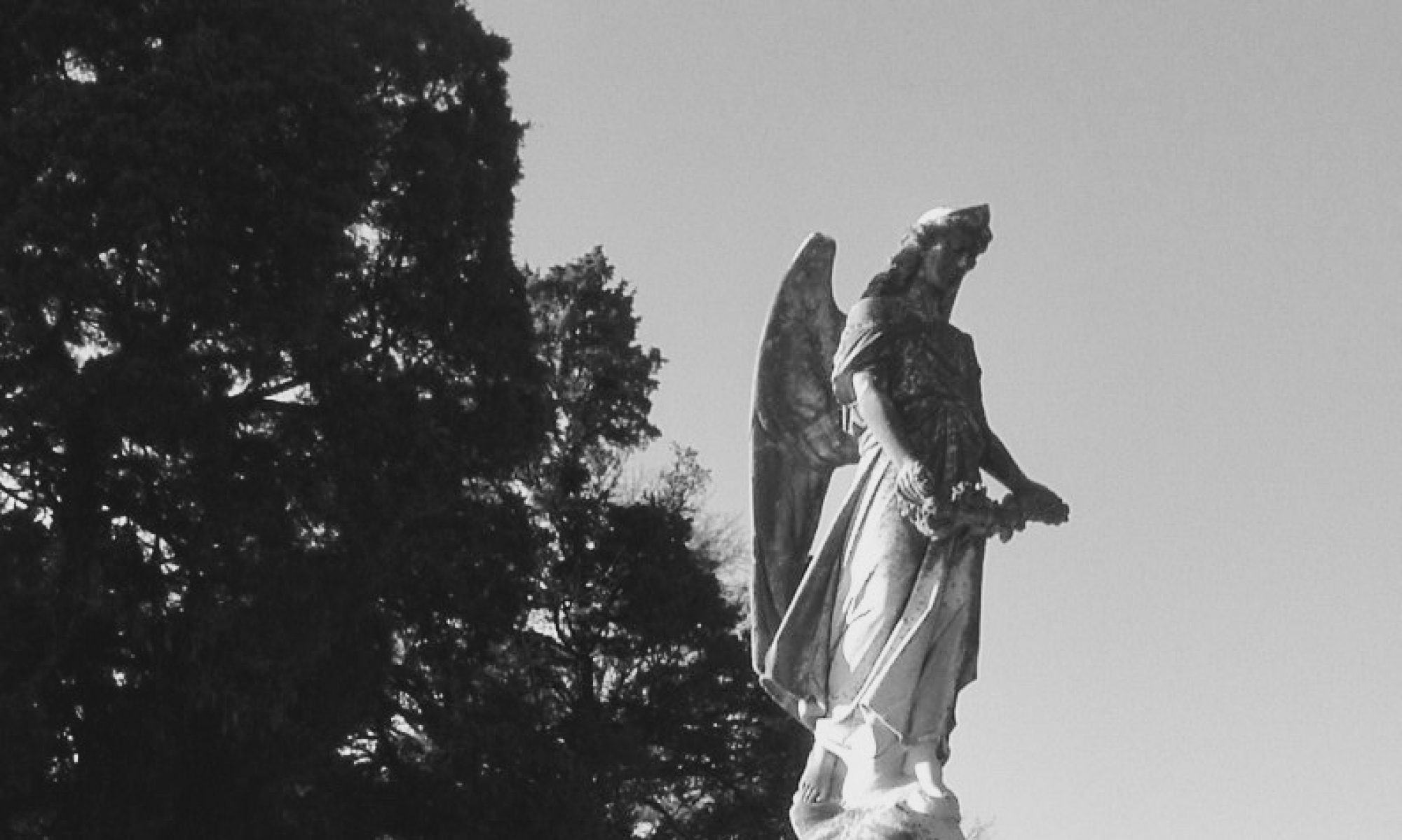
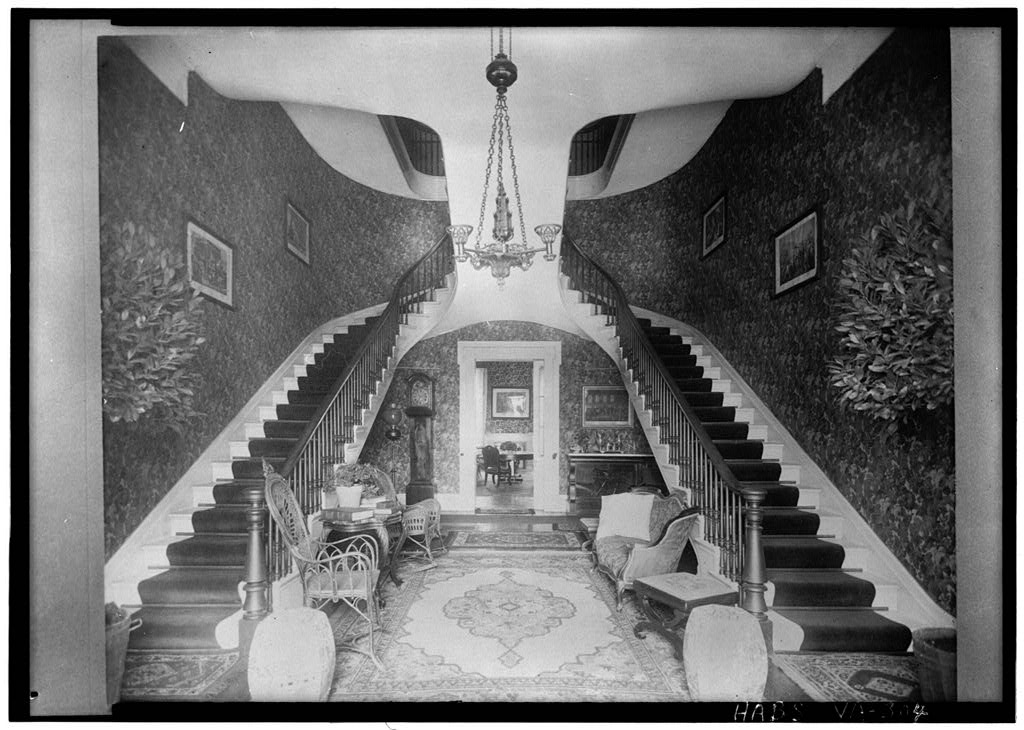
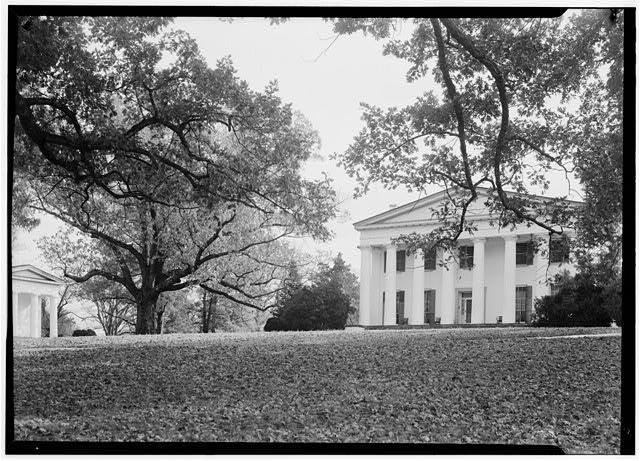
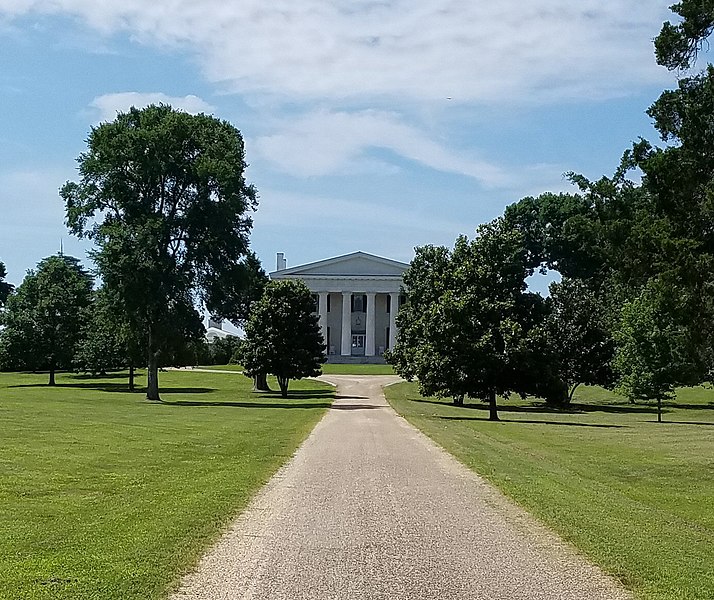
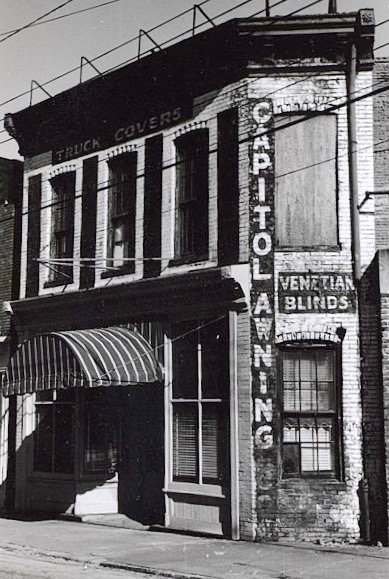

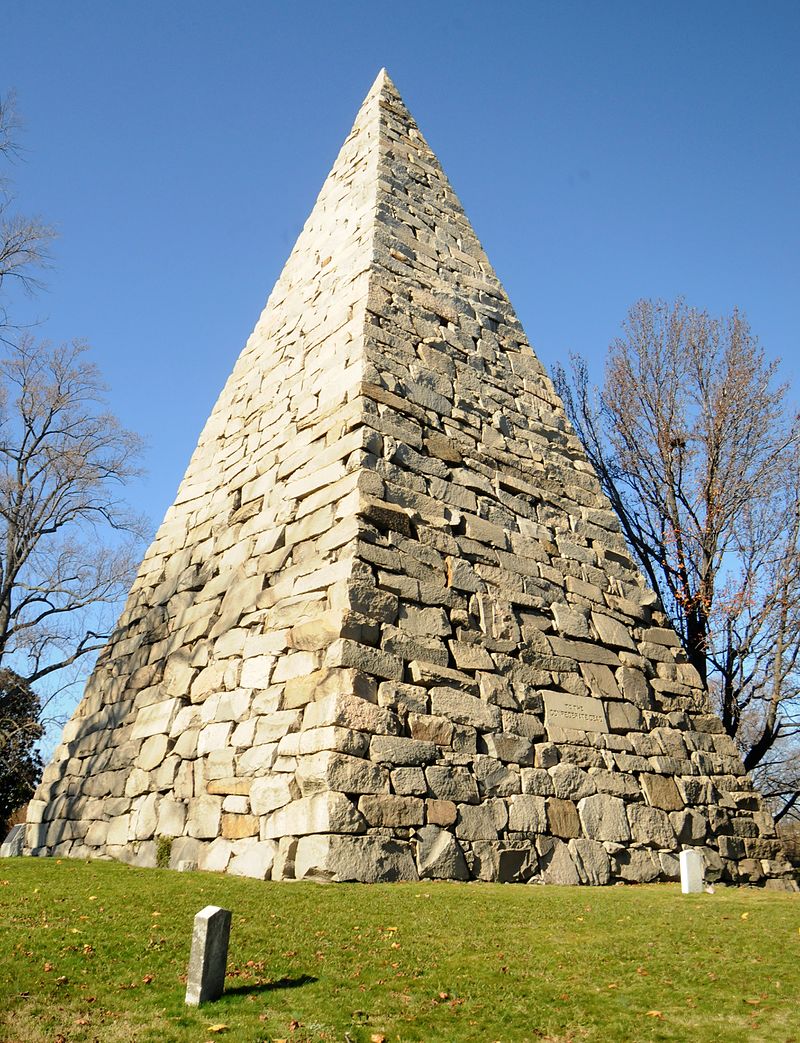
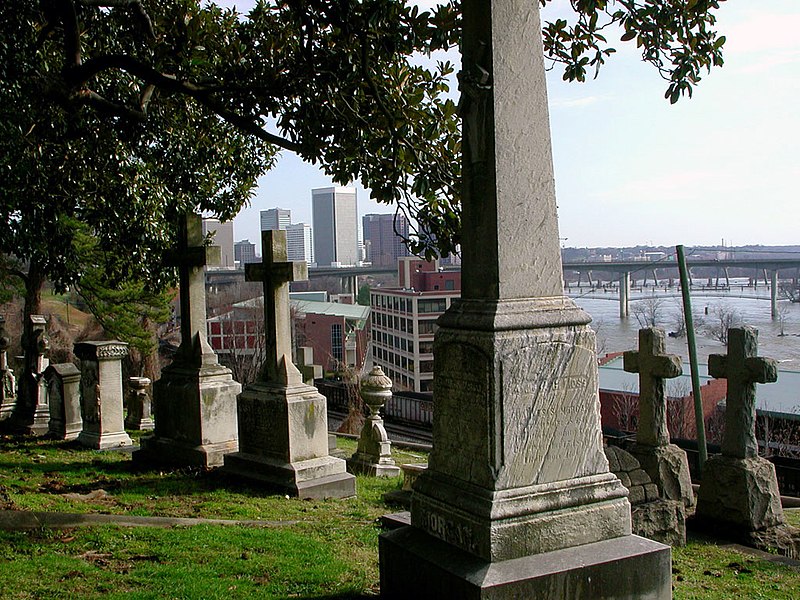



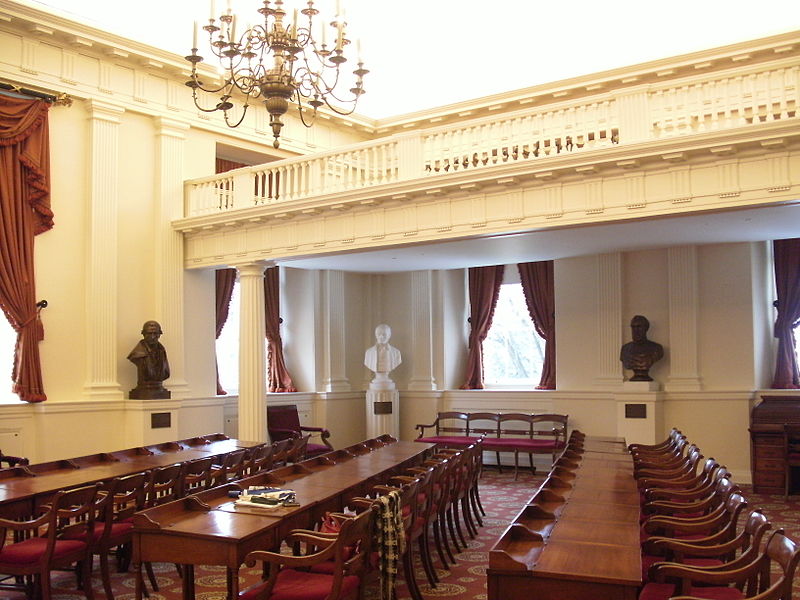

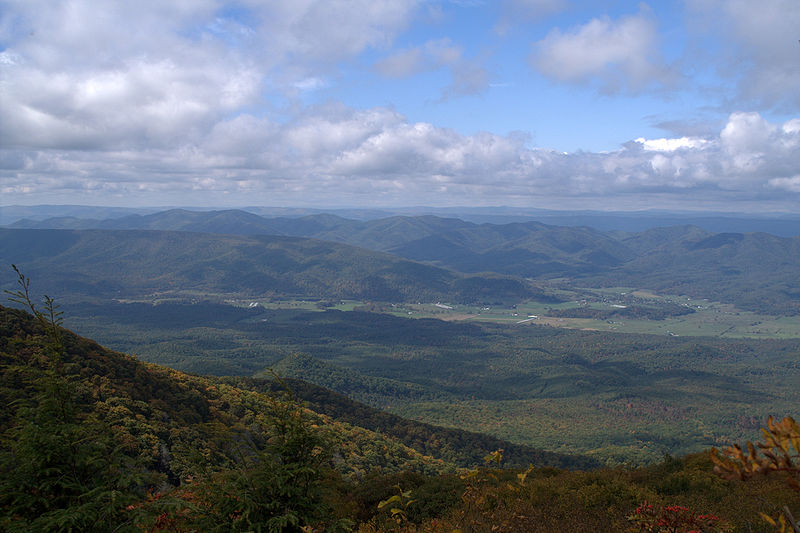
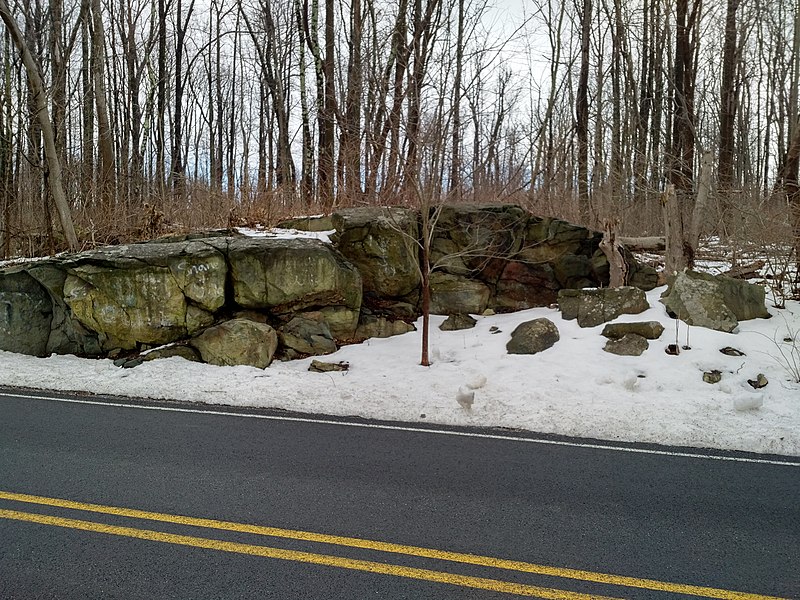

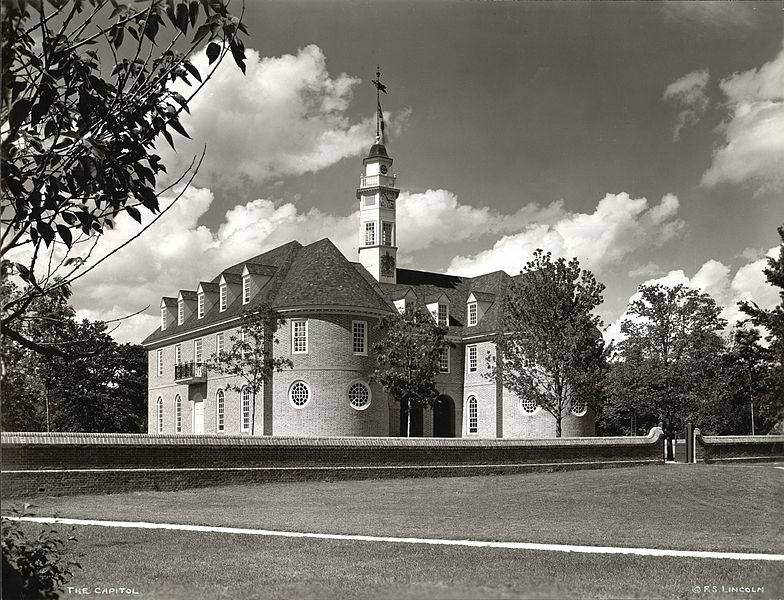
 Kinney’s second edition is a nice upgrade from the first edition. The layout has been adjusted which changes the rhythm of the book, visually speaking, from the crowded and chaotic first edition, when compared side by side, to a book that is more relaxed and consistent. The move from matte to glossy pages also improves the visual appeal of the second edition giving the photographs, especially those that may capture paranormal phenomena, are much clearer.
Kinney’s second edition is a nice upgrade from the first edition. The layout has been adjusted which changes the rhythm of the book, visually speaking, from the crowded and chaotic first edition, when compared side by side, to a book that is more relaxed and consistent. The move from matte to glossy pages also improves the visual appeal of the second edition giving the photographs, especially those that may capture paranormal phenomena, are much clearer.

